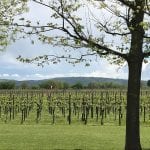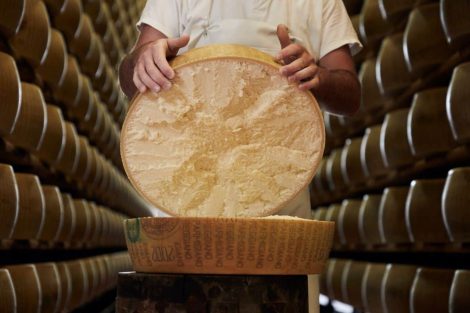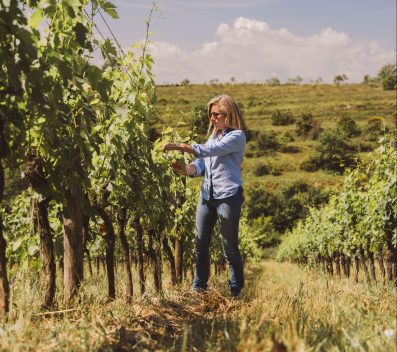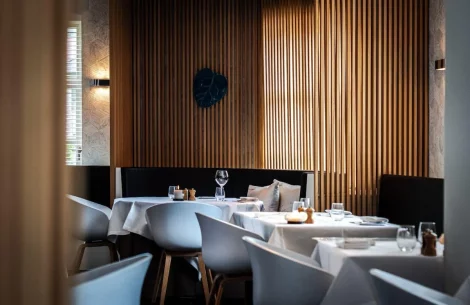The Benevento wine district sharpens its weapons to give the territory another mark of excellence. After Aglianico del Taburno (2011), its most representative white wine, Falanghina del Sannio, is preparing to begin the process of obtaining DOCG status — the Denominazione di Origine Controllata e Garantita, the highest level in Italy’s quality classification system.
Pushing in this direction are the producers gathered under the Consorzio Tutela Vini Sannio (10,000 hectares and one hundred bottling companies), including one of the most renowned cooperative wineries, La Guardiense — a company with 1,500 hectares of vineyards, about one thousand members, and a turnover of 20 million euros. Recently recognised as Cooperative Winery of the Year by Gambero Rosso’s Vini d’Italia 2026 guide, La Guardiense alone accounts for about 35% of all Falanghina produced in Campania.
Reform package
By the end of the year, the protection consortium plans to present a package of measures to revise the denominations. It includes:
- A request for DOCG status for the current Falanghina del Sannio DOP (with the introduction of Riserva, Superiore, and Gran Selezione versions).
- A change for the Taburno DOCG with the inclusion of resistant grape varieties.
- The use of Camaiola grapes (typical of the Telese area) for some types of Sannio DOC, which will also introduce resistant varieties.
- The adoption of the simpler name Benevento IGT, removing the term 'Beneventano'.
- The introduction of a sparkling IGT category.
“I hope that by the end of the year we can present all the new production regulations to the Campania Region and start the process for this important recognition,” said Domizio Pigna, president and CEO of La Guardiense, to Tre Bicchieri, Gambero Rosso’s weekly publication.
Overproduction
La Guardiense produces about 190,000 quintals of grapes per year, and after two difficult harvests in 2023 and 2024 — with volumes down by as much as 40% — 2025 should bring quantities back up to around 185,000 quintals.
“We’re facing an excellent vintage,” emphasised President Pigna, “and we hope it will be the same for the reds we’re harvesting in these weeks.”
There are no stock issues — in fact, “one of the lowest levels ever recorded by our cooperative,” he noted.
“I don’t see any risk of overproduction,” he added, “considering that both Spain and France will remain below their historical averages. And Italy too, currently estimated at about +8%, will likely revise its production figures downward.”
As a result, the winery does not expect a collapse in wine prices due to excess production.
A non-alcoholic sparkling wine
The company exports to Europe, Asia, and North America.
“Despite import tariffs, the United States remains a target market. Sooner or later,” notes President Pigna, “Trump’s term will end, and things will change.”
Certified under the Equalitas sustainability program, La Guardiense is also ready to tap into the growing no- and low-alcohol consumption trend.
“Part of our Moscato grape harvest has been used experimentally to produce a non-alcoholic sparkling wine. We’ll continue this for two or three years, using Italian technology, while observing how this market segment develops. And probably,” concludes Pigna, “we’ll also try it with Falanghina grapes.”
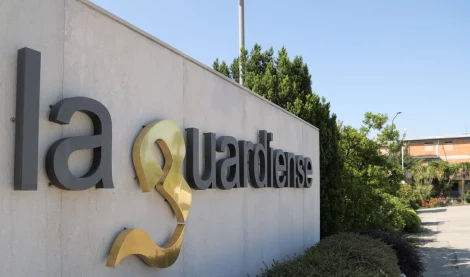
The path to quality
With six million bottles produced annually, growing by an average of 5% per year, the Benevento cooperative — which has the potential to reach ten million bottles — knows that its focus on quality is paying off, while still maintaining important bulk wine supplies for several international retail chains.
The winery, advised by oenologist Riccardo Cotarella, has launched numerous projects over the years centred on native grape varieties, starting with Falanghina and Aglianico.
This includes the Janare line for the HoReCa channel — through which it earned an “unexpected” Tre Bicchieri 2026 from Gambero Rosso for Falanghina del Sannio Janare Anima Lavica 2024 — and the I Mille project, started in 2009.
These initiatives aim to regain market share.
“Before Covid, restaurants accounted for 65% of our sales and large-scale retail 35%. After the pandemic, that ratio reversed: 85% retail and 15% HoReCa. But we’re recovering,” said Pigna.
Looking at the cooperative’s more than one thousand members, he added:
“The current average remuneration is €0.50 per kilo of grapes. We’d like it to be higher, but achieving good value takes time. Compared to other districts, we can say we’re economically sustainable because we compensate very well — especially for the finest native varieties.”

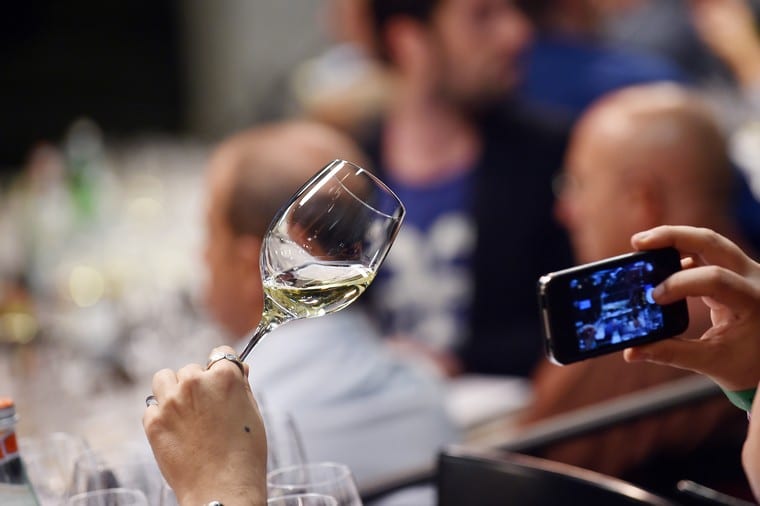
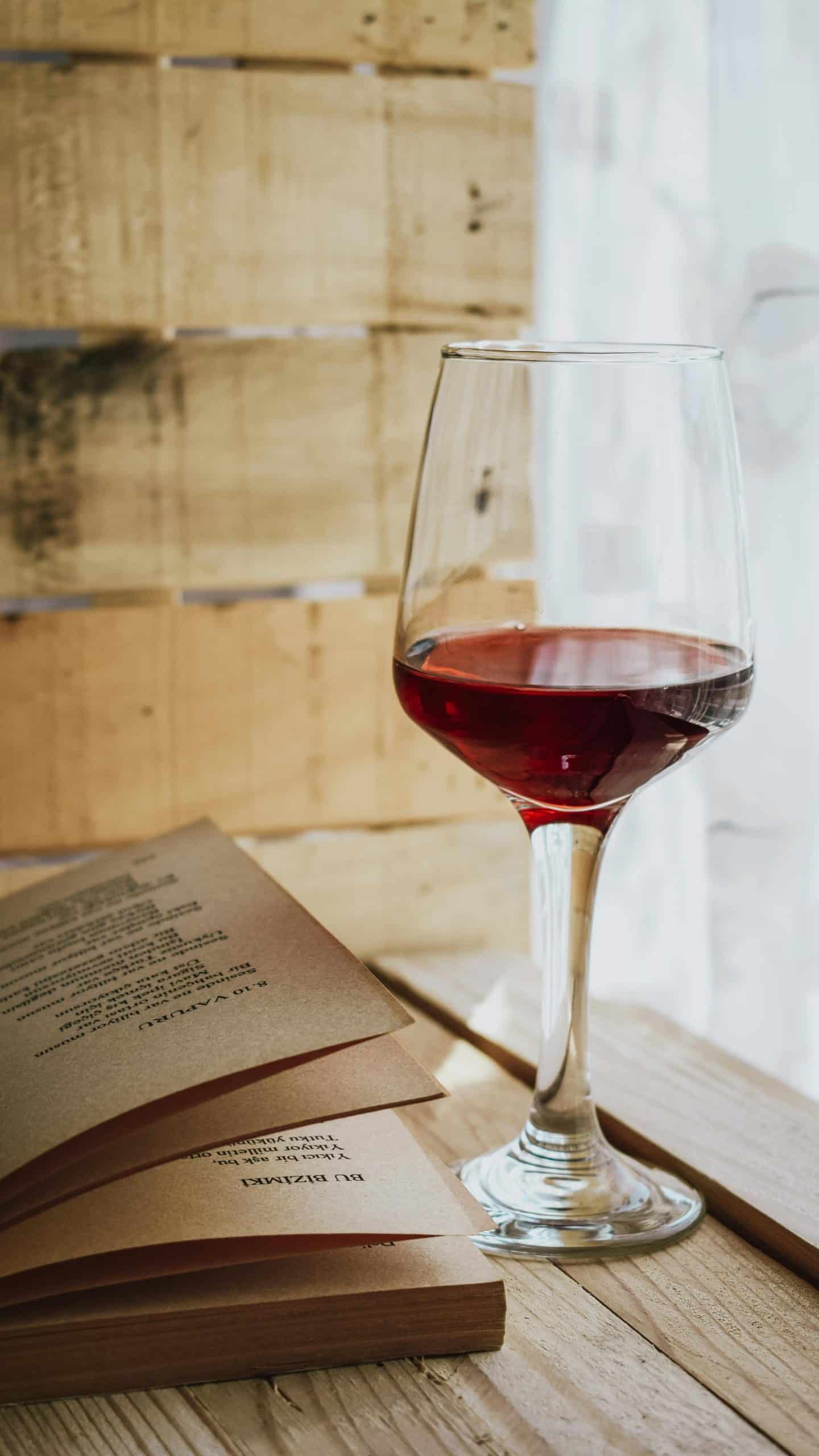 The perfect pairing? Wine and books
The perfect pairing? Wine and books 2025 was the year of Trump's tariffs – will 2026 be better for Italian wine in the US?
2025 was the year of Trump's tariffs – will 2026 be better for Italian wine in the US?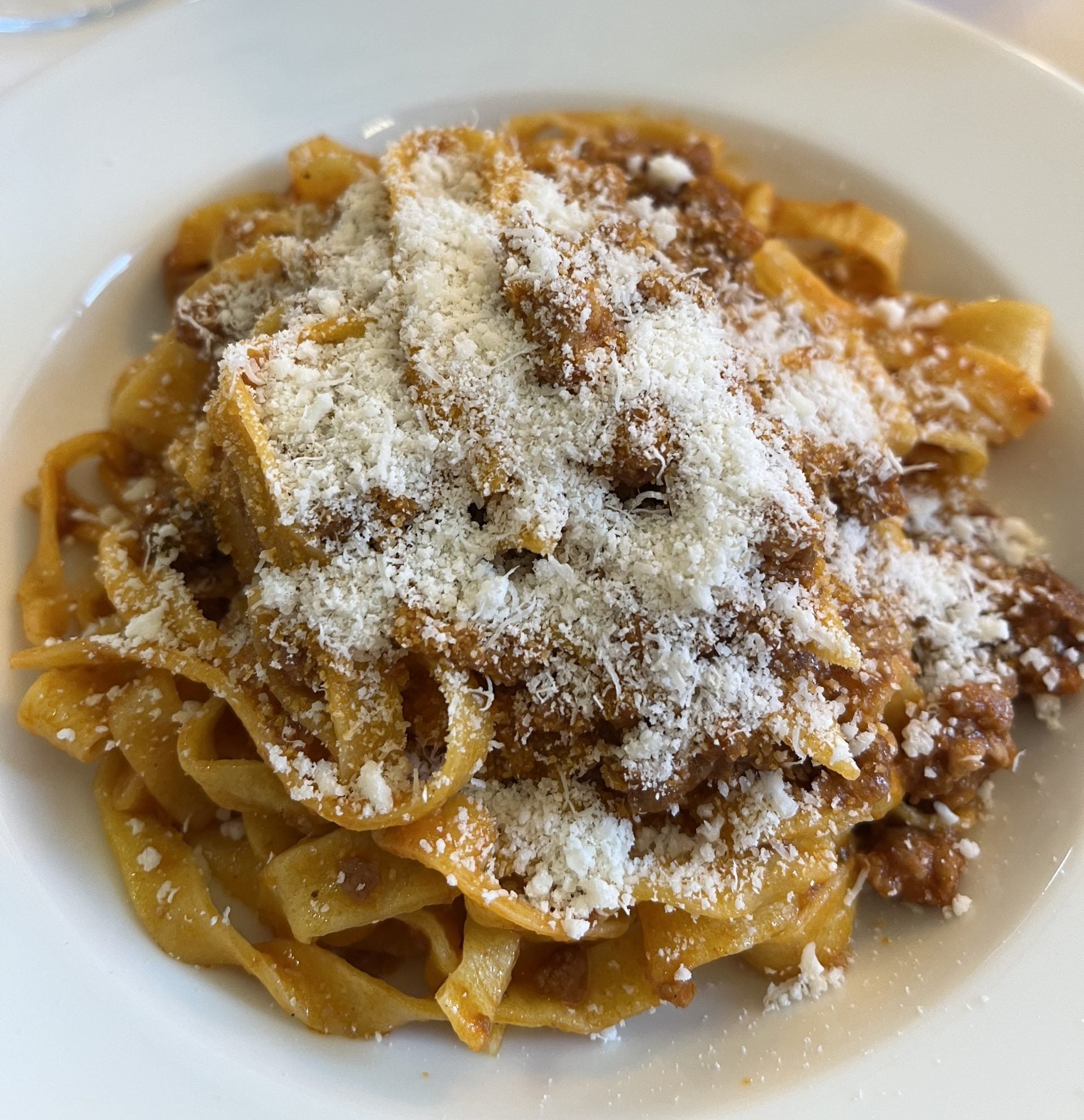 Italian cuisine recognised by UNESCO
Italian cuisine recognised by UNESCO Where is English sparkling wine going?
Where is English sparkling wine going?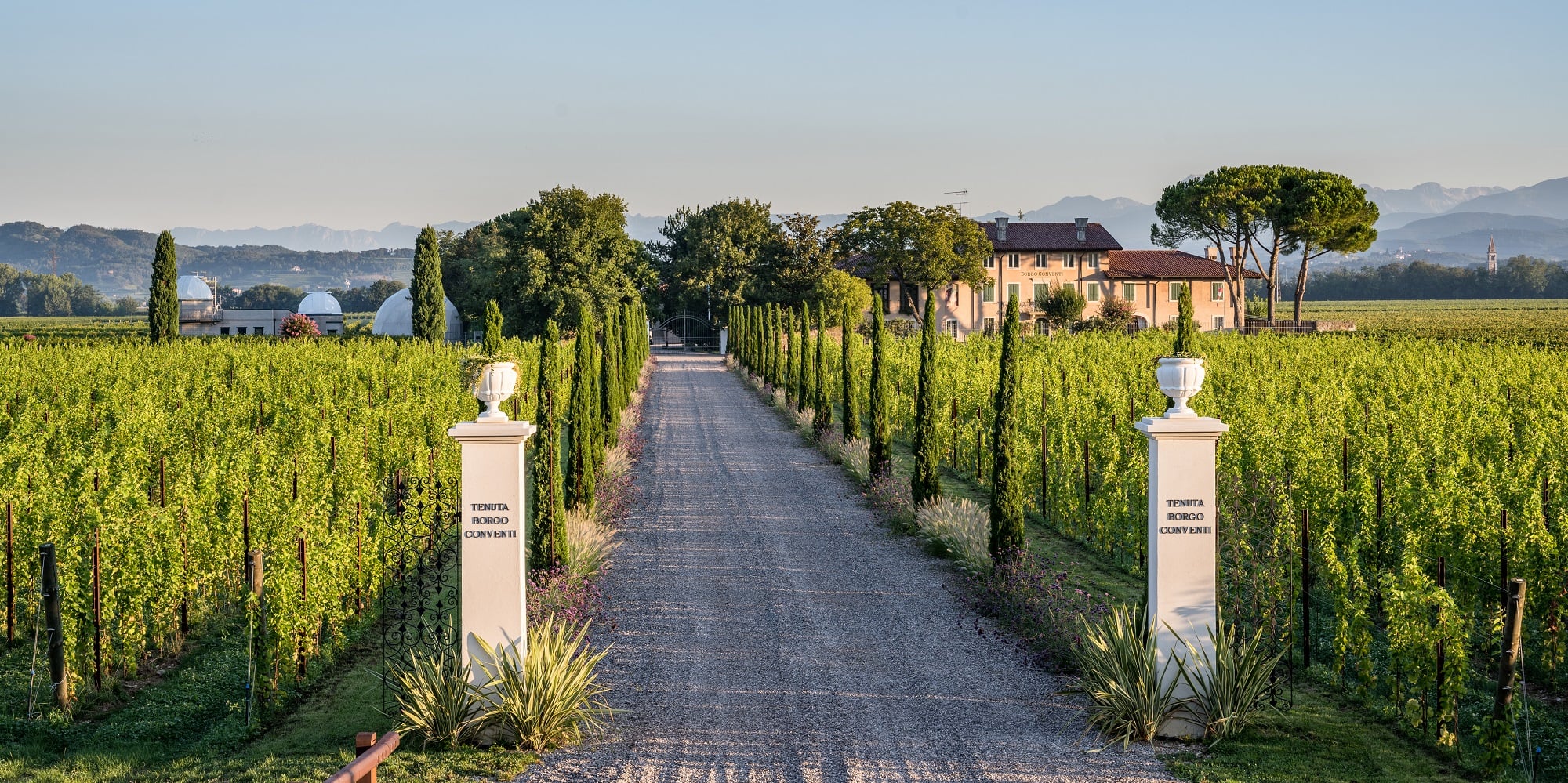 Why Borgo Conventi's Luna di Ponca should be on your radar
Why Borgo Conventi's Luna di Ponca should be on your radar
